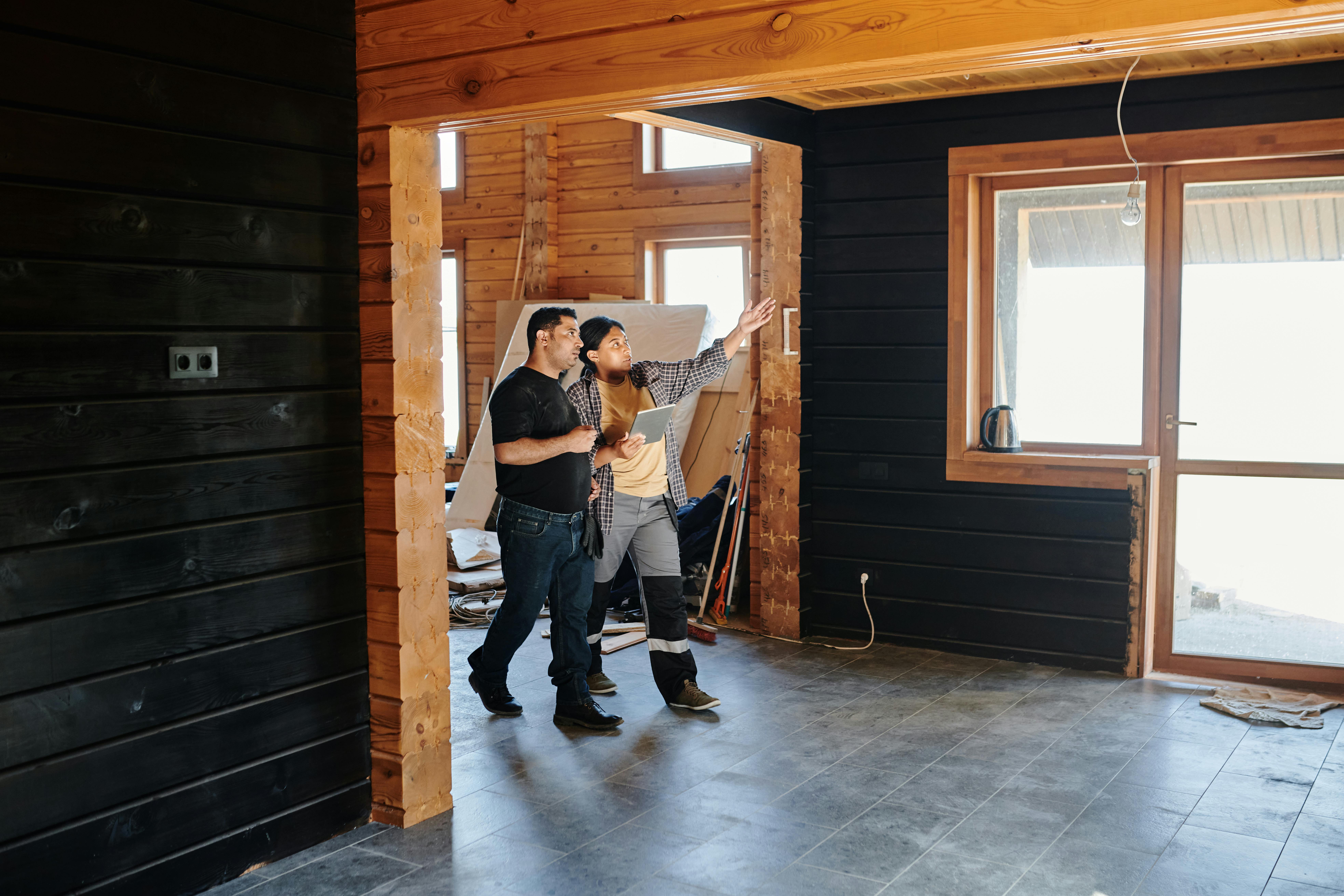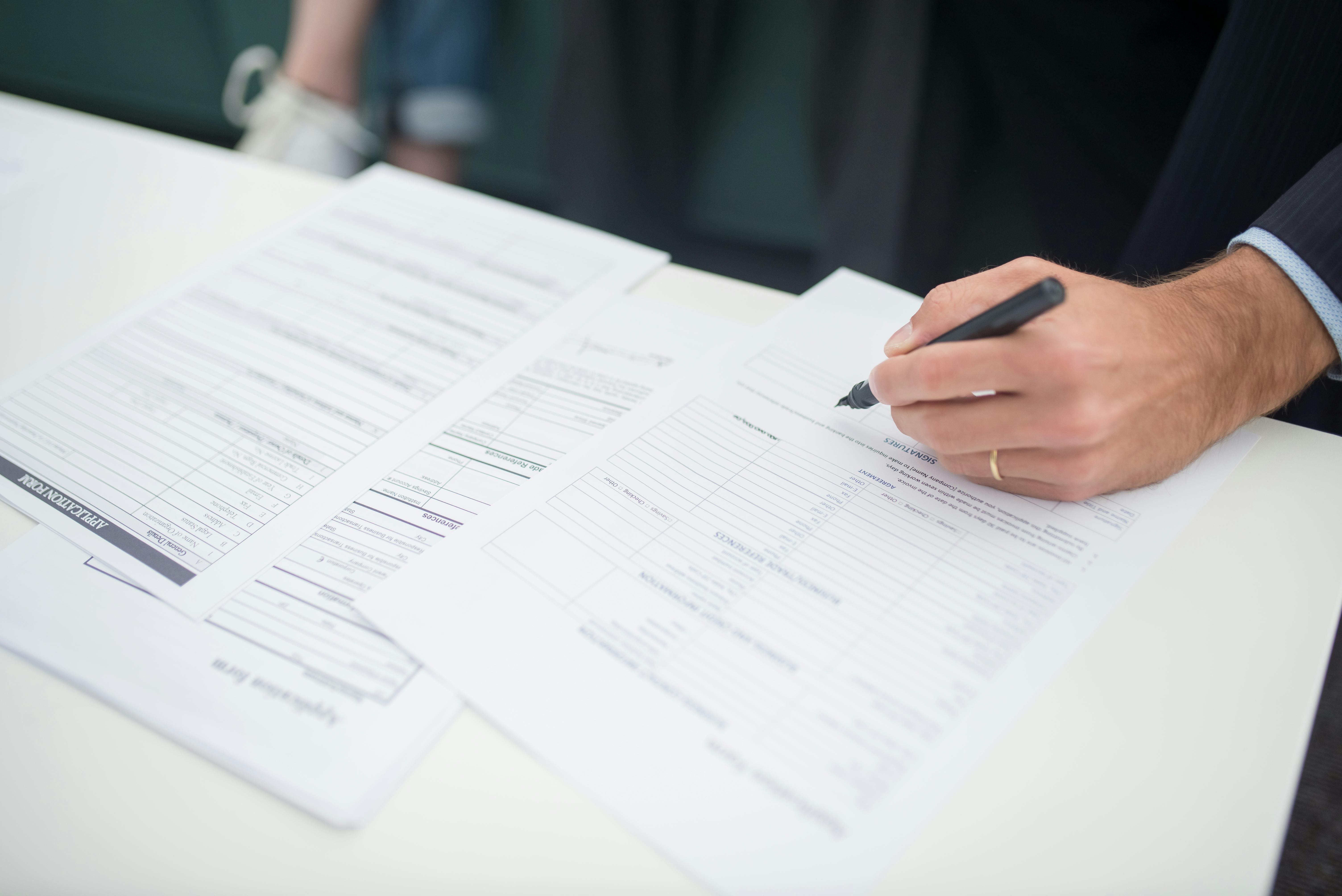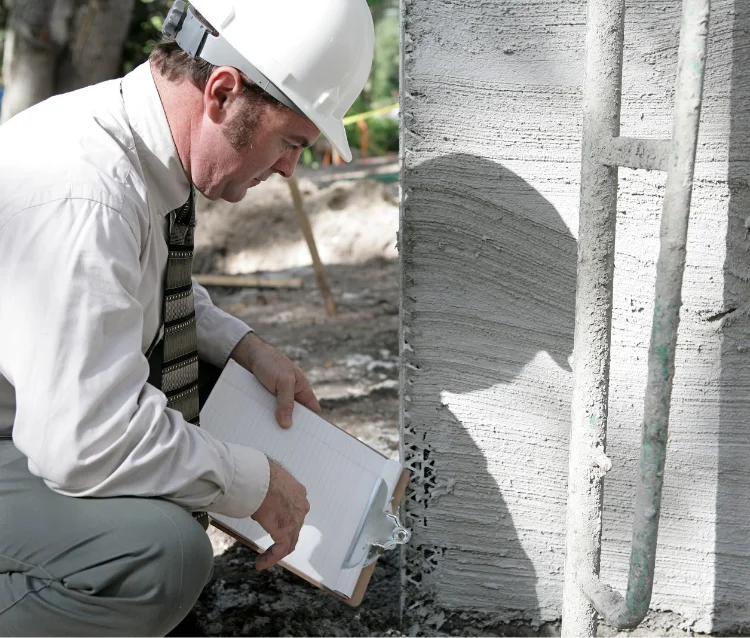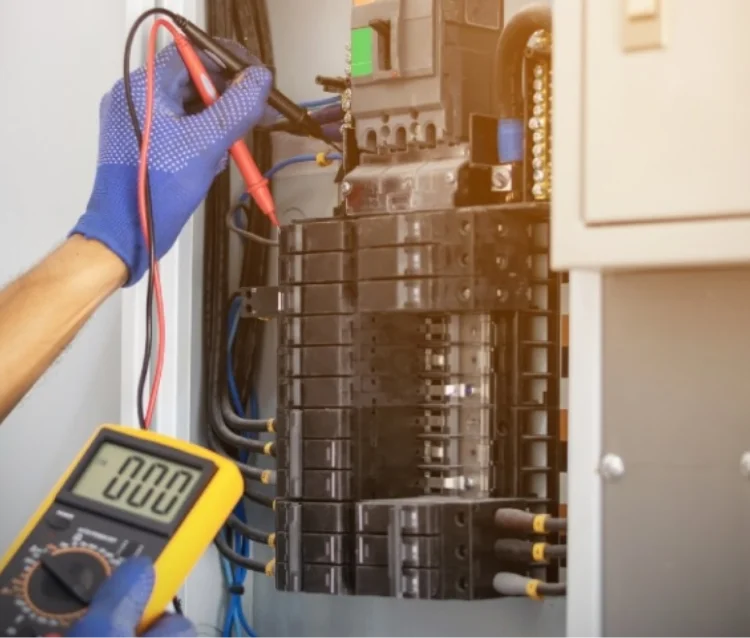Process For Milestone Inspections In Florida With Souffront?
Initial consultation

Site visits

Inspection report

Follow-up visits

Final inspection

Final report


Our team ensures the building's foundation is structurally sound and capable of supporting its weight.

Engineers verify proper construction and compliance with local building codes for the building's framing.

We inspect wiring, outlets, and components to ensure the safe and correct installation of the electrical system.

We analyze the plumbing and HVAC systems to ensure proper installation and functionality.






We’ve completed a range of high-quality residential and commercial properties, built withprecision, care, and client satisfaction in mind.
We conduct thorough inspections at every stage to ensure your property meets all safety, structural, and quality standards.
All necessary building and zoning permits are secured before construction begins, ensuring full compliance with local regulations.
We help identify and resolve building code violations, ensuring your property is fully legalized and up to current standards.

With over a decade in construction and engineering, our diverse project portfolio ensures expertise for complex inspections.

We meticulously inspect every detail to guarantee project success, mindful of even the smallest errors.

Our certified team utilizes advanced equipment and software for precise and efficient inspections.

Prioritizing client needs, we offer responsive, communicative, and excellent service.

Conducting inspections in strict adherence to Florida codes ensures clients peace of mind.
According to Florida Statute Chapter 553 Section 71, a threshold building is defined as any building that is greater than three stories or 50 feet in height, or any building that has an assembly occupancy classification as defined in the Florida Building Code which exceeds 5,000 square feet in area and an occupant content of greater than 500 persons.
Threshold buildings are subject to stricter building code requirements due to their potential to cause significant damage or loss of life in the event of structural failure. These requirements apply to buildings that have structural elements which support vertical loads and lateral forces and are categorized as such due to their importance to the community.
The threshold building code requirements also apply to any building that is deemed to have a high risk of structural failure due to its location, occupancy, or type of construction. Additionally, any structure located in a Special Hazard Area or High-Velocity Hurricane Zone as defined by the Florida Building Code must comply with stricter building code requirements to ensure its ability to withstand severe weather conditions.
A threshold inspection is a mandatory inspection required by the state of Florida for certain types of buildings. The inspection is designed to ensure that the structural elements of a building comply with the permitted construction documents and the Florida Building Code. The inspection is required for buildings that are categorized as threshold buildings, which are buildings that have structural elements that support vertical loads and lateral forces and are deemed to have a high risk of structural failure due to their location, occupancy, or type of construction.
A threshold inspection is required for buildings that are greater than three stories or 50 feet in height, or any building that has an assembly occupancy classification as defined in the Florida Building Code which exceeds 5,000 square feet in area and an occupant content of greater than 500 persons (already discussed in the previous question). The inspection must be conducted by a licensed threshold inspector (or Special Inspector) who is trained and qualified to inspect the structural elements of the building.
A threshold inspection must be performed by a qualified and registered threshold inspector, as per the Florida Administrative Code 61G1-25.003.
A threshold inspector is defined as an individual who is registered with the Florida Department of Business and Professional Regulation (DBPR) as a Threshold Inspector and has met the requirements for registration. These requirements include holding a current and valid certificate of competency as a General, Building, or Residential Contractor, or a Structural Engineer or Architect license issued by the State of Florida.
Also, to be accredited:
The professionals must possess a minimum of two years of experience in the field of structural architecture for threshold buildings.
The professional should have conducted structural inspections for a minimum of three years, with at least three of those inspections being for threshold structures, all within seven years of submitting their certification application.
A special inspector (SI) or threshold inspector (TI) is an engineer or architect with specialized training and licensing in ensuring the safety and soundness of buildings. Their major duty is to make sure that the structural components of a building that is to be considered complete have passed all required inspections. CMU, cast-in-place concrete, steel reinforcement, shoring/restoring, post-tension wire, precast/prestress elements, metal studs, external window structures, and timber frame systems are only some of the structural elements that need to be inspected. The ability to climb ladders and navigate ordinary building terrain is a must for this position.
Additionally, a threshold inspector must check that the shoring and reshoring have been assessed to ensure they are in line with the shoring timetable and inspect all structural parts by the Threshold Inspection Programme. They may also keep tabs on the concrete's placement and conduct checks or queries in the field.
The inspector may participate in meetings with project engineers, other inspectors, and construction employees before the start of the project. They have to be committed to and supportive of the implementation of all site-specific safety and security procedures and processes.
The engineer or architect will thoroughly inspect the building before a set threshold. They will closely examine the report and compare it to the building's sketches and structural documentation of the components to be inspected. Once they arrive, they will assess various aspects of the building, such as the placement of concrete and its slump, structural elements and interfaces, grout placement, and reinforcement of steel parts before concrete construction. If there are any deviations from the guidelines or requirements, they will notify the general contractor or project manager who must address these issues before a declaration of compliance can be issued. Once all structural work is satisfactorily completed, the inspector will provide a signed and sealed declaration to the local compliance department certifying that all load-bearing components comply with approved documentation.
This inspection aims to assess the condition of your building's threshold, identifying any potential issues or defects that may compromise safety and functionality.
When you prioritize threshold inspections as part of your regular maintenance routine, you can ensure that your property remains in compliance with safety regulations. This not only minimizes the risk of accidents or injuries but also helps you avoid costly repairs down the line.
Don't let potential safety hazards go unnoticed. Take charge of your property's well-being by conducting thorough threshold inspections regularly. Your diligence will pay off in the long run, giving you peace of mind knowing that your building is safe and sound. You don’t want to recreate the horrific scene from 1981, the Harbour Cay Condominium collapse which left 11 workers dead and 23 severely injured.
The frequency of these inspections depends on various factors such as the size of the building, the number of occupants, and the type of activities that take place within the premises.
It is recommended that you schedule a threshold inspection at least once every six months. However, if your building experiences high traffic or heavy equipment usage, you may need to schedule more frequent inspections. Not just that, if there are any changes or renovations made to the building's structure or layout, it is crucial to schedule an inspection before resuming regular activities.
Through such inspections (and frequently as well), you can identify potential safety hazards and address them promptly to prevent accidents and injuries. It also helps you comply with safety regulations and avoid legal liabilities.
Common issues that can be identified during a threshold inspection include: – Cracks or deterioration in the pavement – Unevenness or dips in the surface – Loose or missing fasteners or bolts – Improper slope or grade Furthermore, debris such as rocks or vegetation may accumulate on the threshold, which can hinder proper drainage. To maintain the safety and functionality of the threshold, it is crucial to promptly address these issues.
The threshold inspection process is designed to be minimally disruptive but there may be some temporary inconveniences such as restricted access to certain areas during the inspection. So, it’s advised to let everyone know of the inspection schedule in advance to avoid any confusion. And also, the inspector will work with the building owner to ensure that the inspection is conducted efficiently and with minimal disturbance to ongoing operations. So, seeing all this, we believe the inspection process shouldn’t be much of a hassle for you or your tenants.
